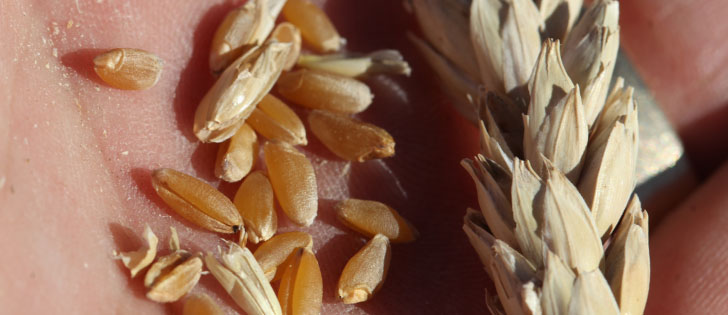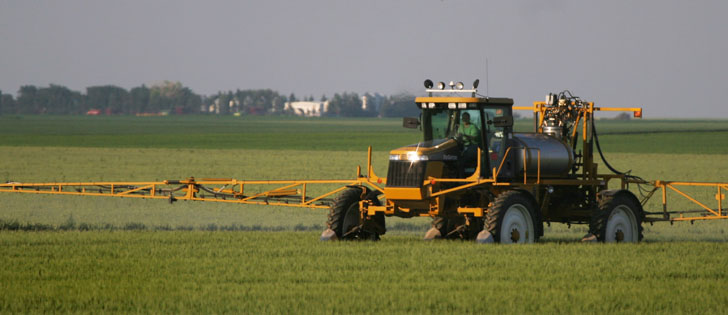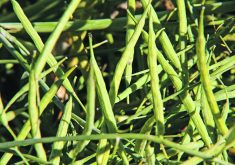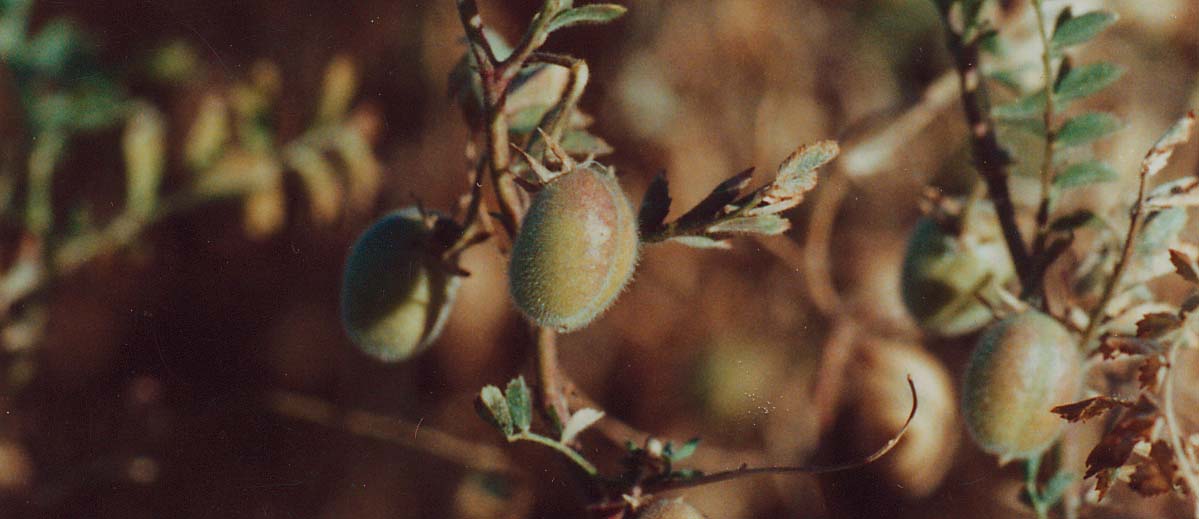Producers in Manitoba’s Red River Valley, who have been coping with water soaked fields this spring and summer, are now faced with soybean plants suffering from iron chlorosis.
Heavy downpours in July dumped several inches of rain on the valley, Manitoba’s primary region for soybeans. Brian Jack, a crop production adviser with Manitoba Agriculture in Altona, said the problem varies by location, depending on the amount of rainfall.
“The issue with the iron chlorosis seems to be where it’s been wet,” said Jack. “The fields kind of get waterlogged … (and) the plant is not able to take the iron up.”
Read Also
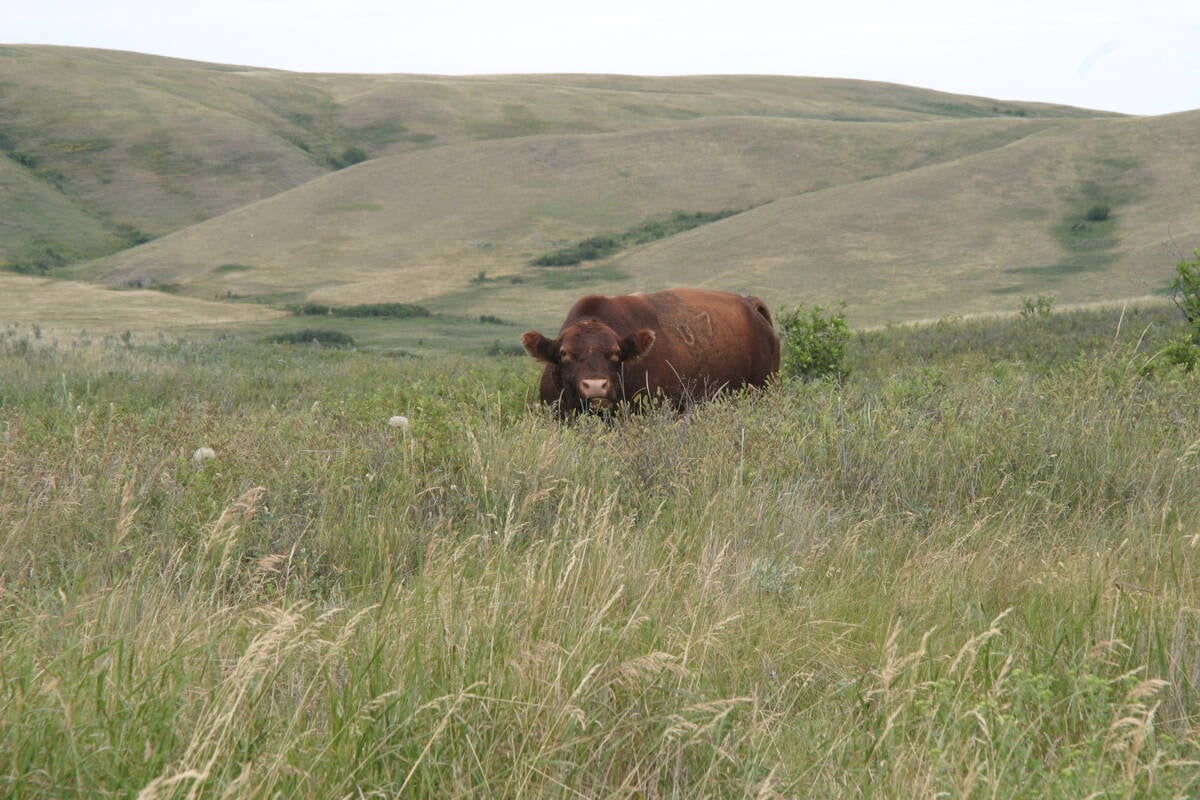
Saskatchewan puts crown land auction on hold
Auctions of Saskatchewan crown lease land are once again on hold.
Also known as lime-induced chlorosis, iron chlorosis is the most common micronutrient deficiency in soybeans, according to information posted on the University of Manitoba plant science department website.
Iron is needed to produce chlorophyll in leaves, but when fields are soaked, the iron in the soil changes into a soluble form, which plants cannot absorb.
If the high moisture levels persist for weeks, the lack of iron can be lethal, Jack said.
“If the environment situation continues … in low spots you can actually have death of plants,” he said.
Unfortunately, there’s not much producers can do about it, except hope for dry, sunny weather, Jack said.
“You have to let time take over,” he noted.
Producers can choose a variety that reduces the risk.
“What guys are doing more is looking at the iron chlorosis ratings on the varieties. And trying to pick a variety suited for their soils,” Jack said.
He recommended that soybean growers test their soil for pH, salinity and carbonate levels, then select an iron chlorosis rating suited for the soil conditions.
“In Seed Manitoba, they have a published list of all the different varieties and they all have different iron chlorosis ratings,” Jack added.
Norm Veenendaal, who farms east of Carman, said the lower areas in his soybean acres are stressed by excess moisture, but he’s not seeing a lot of problems in his beans.
“The beans are too small, so they’re not suffering too badly,” he said.
The concern for Veenendaal, and for most soybean growers, is plant maturity. His soybeans were just starting to flower last week, which is two weeks behind normal.
In other parts of Manitoba, spring floods and summer rains have forced many farmers to file excessive moisture insurance claims. The provincial government announced July 17 that 1,675 claims, covering 420,000 acres, have been made so far in 2009.
Affected producers, primarily in the Interlake and southeast Manitoba, will receive $50 per acre.
The excessive moisture claims are the highest in Manitoba since 2005, when 1.4 million acres went unseeded.
Pam de Rocquigny, a feed grains specialist with Manitoba Agriculture, said producers with wet, unseeded acres should consider weed control.
“Although crops didn’t get seeded, weeds always seem to perform well in all ranges of conditions,” she said. “They (producers) may want to get out there and control the weeds before they start setting seed and returning seed to the soil.”
Looking ahead, producers with unseeded acres may want to consider planting winter wheat on those fields to use up the excess moisture in the soil, de Rocquigny said.





